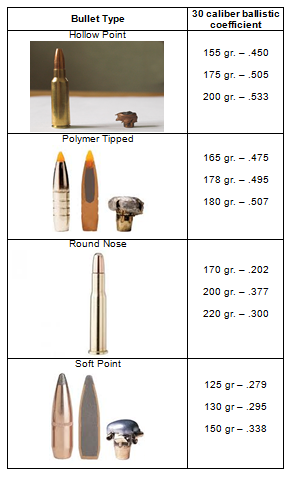africananimals.blogspot.com
Physics
of the Projectile

The physics of the bullet can be explained in
three categories: internal ballistics, external
ballistics, and terminal ballistics. I will not be
looking at terminal ballistics until the next
section. Looking first at internal ballistics, it is
the action of the bullet from the moment the firing
pin ignites the primer to the point at which the
bullet exits the barrel of the gun. When the powder
is ignited it creates expanding gas which begins to
force the bullet through the barrel. Because there
is not a significant place for the gas to escape it
transfers energy to the bullet. Typically people
will see higher velocities with higher peak
pressures in the burn. The second area of ballistics
I will discuss is external ballistics, it covers the
behavior of the bullet from the time it exits the
barrel to the time it strikes the target. There are
a lot of factors when dealing with external
ballistics, but most notably drag and gravity; drag
is what makes the bullet slow down while gravity is
pulling it to the earth. For external ballistics the
bullet’s behavior can best be hypothesized using
projectile motion equations.
Horizontal Distance:
(Where: Vx is the horizontal velocity
There are a vast number of bullet types and calibers
that will produce a huge range of data for
ballistics. Below is a small chart showing only 30
caliber bullets of different types and weight. The
second column shows the bullets expected ballistic
coefficient. The ballistic coefficient is basically
how well the bullet travels and resists wind and
drag effect. A higher ballistic coefficient means
the bullet does a better job of bucking the wind.
This is just another small example of the many
aspects of physics seen in hunting. There is also
momentum conservation in the system containing the
shooter, the gun, and the bullet as it leaves the
barrel.

Figures from Lyman Reloading Manual (49th Ed.), (2008).